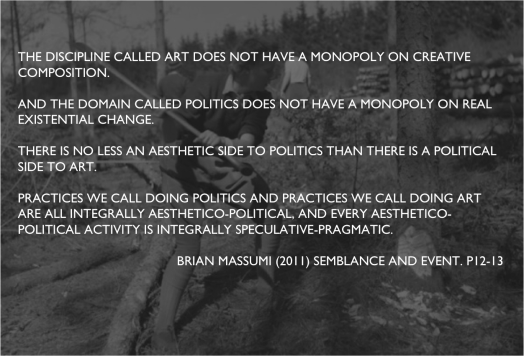Part of the work I do as a dancer, choreographer and teacher involves running a Masters programme at the University of Roehampton that is called MRes Choreography and Performance. It is, as it says on the lid, a Masters by Research.
I’m skeptical about the word research in the arts; it feels like a buzz word or something that is used rather arbitrarily to project depth onto a project. At the same time, I have little time for the idea that the Academy owns quality in research. Here’s Donald Schon:
[There is] a radical separation of the world of the academy from the world of practice, according to which the academy holds a monopoly on research.
– Schön, cited in Brook 2012, p.4
Nevertheless, there are circumstances in which artists deeply test the nature and role of the arts in culture. There is a sense of falling into the unknown, of seeking to understand the ways in which choreographic practice might skew or alter our perspective(s) on the ways we live, make and dance.
There are four students currently finishing the MRes Choreography and Performance and each of them – in very different ways – is attempting to ask and even address complex questions through the practice of choreography. I thought I’d advertise their work on this blog, and to kick things off, here’s a link to Hamish MacPherson’s ambitious, multi-limbed project that delves into politics, choreography and citizenship. It’s called All The Things That We Can Do:
hamishmacpherson.co.uk


